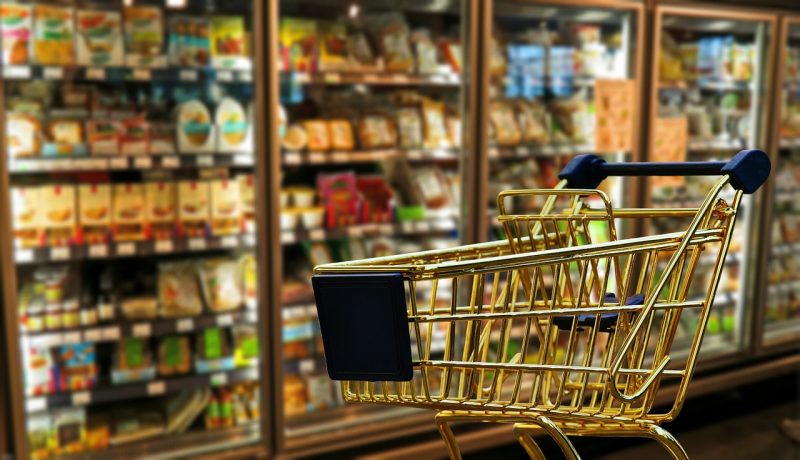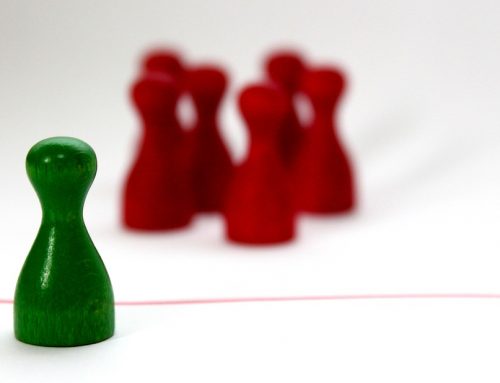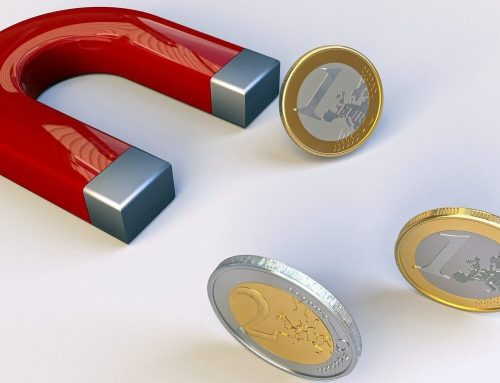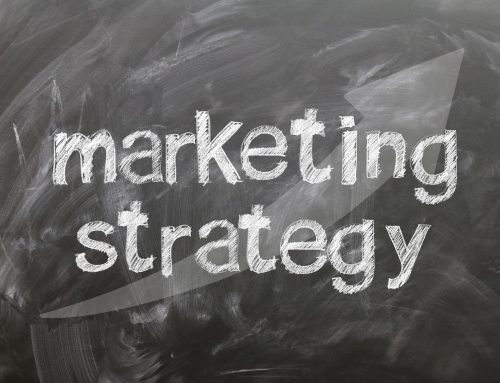Consumers now have access to a lot of information and are also subject to many more advertising stimuli than they were a few years ago.
The way consumers proceed is not the same today as it was ten years ago. For this reason, the same sales channels that worked well in the past are not effective.
The constant evolution of technologies leads us to analyse other aspects of consumer behaviour that were not previously taken into account.
Contenido
Consumer behaviour concept
The concept of consumer behaviour is defined as the actions an individual takes in deciding what good or service to buy. It includes all the processes of evaluation, evaluation, purchase decision or post-sale satisfaction that serve to satisfy their immediate or future needs.
Consumer behaviour is based on theories and concepts that have to do with different fields and disciplines. They can be psychology, economics, society, culture, anthropology, etc. From each of these aspects one can study the behaviour and the motives that lead the consumer to have these behaviours.
To analyse consumer behaviour we need to know its characteristics in order to know why it acts this way. Today’s consumers:


- They have access to more and better information. Internet, forums, comparisons, opinions of other consumers,… Having this information gives the consumer a power he did not have before. Which leads them to…[/li_item]
- They don’t take traditional advertising seriously. The advertising impact is less and less and the viral effects, RSS, blogs, and opinions of other consumers, such as the “Brand Lovers” or the “Bloggers“, are gaining ground.
- They are demanding and impatient. They want things immediately and appreciate more a distinguished treatment to the customer, they want companies to listen to them and bring added value to the products they buy. Therefore:
- They are no longer loyal and want to try new things. They are looking for experiences and products or services that surprise them.
- They are more responsible and aware of the environment and health. They will look for companies that are clean and that do not endanger nature, animals or human health.
This new way of behaving for consumers has led companies to evolve and apply different marketing strategies to evaluate how customers proceed.
Companies should take into account all the changes that have occurred in the commercial world. In this way, they can propose more interesting offers. Adapt sales methods and channels to new needs. And, above all, to evolve as the consumer’s behaviour evolves.
Consumer behaviour in marketing strategy
Strategic planning analyses, evaluates, executes and proposes actions designed to achieve certain purposes or objectives.
Consumers are constantly part of the process, so you need to start by researching their needs, wants, and desires.
That’s why a company must analyze the behavior of the current consumer, and specifically that of its target audience to implement a marketing strategy aimed at better satisfying customers.
Consumers can enclose in themselves several purposes or requirements at once. Or even very different from each other. Therefore, a good strategy must:
- Be able to achieve the proposed goal.
- Be able to adapt to different changes that may occur.
- Give the company a competitive advantage to differentiate itself from the competition.
To avoid giving blind sticks with the strategy you must establish, you can use the same tools or studies that provide you with the knowledge you need to define it.
Tools to know the behavior of the consumer
We already know that a CRM is essential to know everything about the relationship and the customer management.
But, if our CRM tool does not contain enough information to provide us with the necessary data to establish our strategy, we can use market research firms.
This type of company analyses the behaviour of today’s consumers in different fields. They can analyse everything from weekly purchases in the usual trade to sporadic purchases such as vehicles, technological products, travel, etc.
These companies are used to predicting fairly accurately how trade flows will occur. They have large BBDD where they record purchases and/or consumer surveys that lend themselves to it. They fill in what are known as “consumption panels” and customer satisfaction surveys.
These panels also provide demographic data on the type of customer each product purchases.
This type of data does not provide information about consumers’ purchase intentions. But it will allow us to establish a rough forecast. In addition to knowing the behavior and what led them to the acquisition of one or another product or service.




Leave A Comment